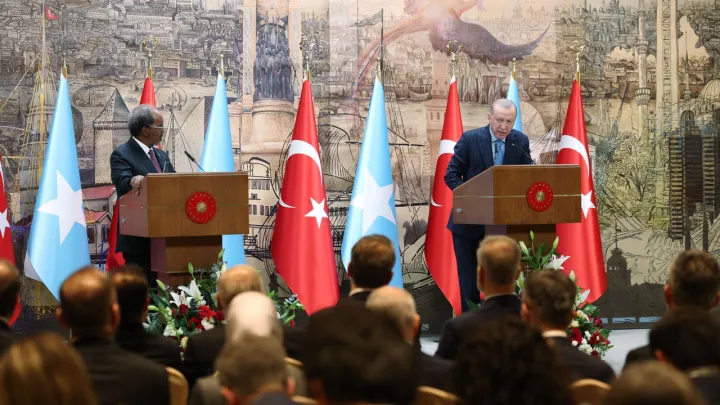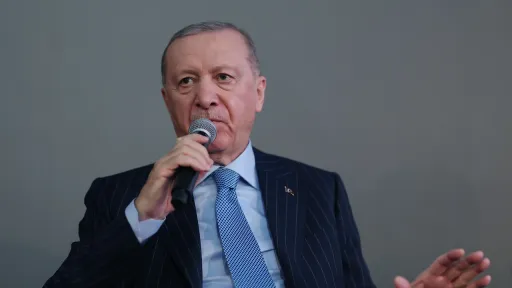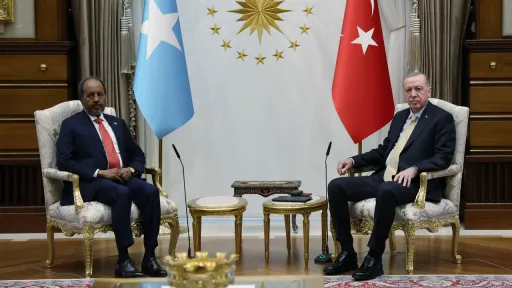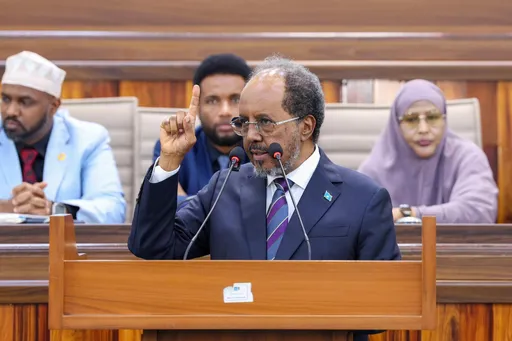On August 17, 1999, at just after 3 AM, Türkiye was struck by one of its most devastating earthquakes in the northwestern Golcuk district of Kocaeli.
The 7.4-magnitude quake that hit Kocaeli, located at less than an hour’s drive away from Istanbul, lasted 45 seconds. It sent shockwaves across the country from Ankara to Izmir. The damage extended to the provinces of Istanbul, Kocaeli, Sakarya, and Yalova.
“We still feel the pain of the earthquake,” says Bahattin Akyuz, a resident of Yalova, who was 14 years old at the time. “It feels as if another earthquake might happen that same night (every year),” Akyuz tells TRT World.
This year’s commemorations are marked by fresh pain of the twin earthquakes that struck Türkiye’s Kahramanmaraş region in February, 2023.
“On the evening of August 16, we relive the pain of that tragic moment every year,” Akyuz adds.
Kahranmanmaras is located more than 1000 km (621 miles) from Golcuk. But the two natural catastrophes have left behind similar scars.
Though the scale of destruction of two quakes might differ in terms of loss and casualty, the memories of apocalyptic scenes of crumbled homes, mangled vehicles, and anguish haunts countless families all the same.
Türkiye rebuilds and remembers
Türkiye has worked to heal its wounds, rebuilding stronger from the devastation.
The Disaster and Emergency Management Presidency (AFAD) was established in response to the 1999 Marmara earthquake. Their efforts were extended to search and rescue operations, and treatment and rehabilitation of the victims.
According to a 2010 Parliamentary Investigation Commission report, 17,480 people lost their lives, around 45,000 were injured, and nearly 16 million people were affected overall in the 1999 earthquake. Approximately 200,000 were left homeless, with 66,441 houses and 10,901 workplaces collapsing.
The government has rebuilt the affected cities. The devastation of 1999 was followed by a systematic reconstruction process that has since transformed Golcuk into “the Paris of Kocaeli” – as some residents call it, with a touch of pride.
Turkish people rallied behind the relief efforts after that earthquake. In a show of solidarity, strangers became saviours, neighbours turned into lifelines as if empathy had emerged from the rubble. Many opened their homes to those rendered homeless, as the nation immediately began the process of rebuilding.
Twenty-five years after the Marmara earthquake, and in the wake of last year’s disaster, the legacy of 1999 remains a powerful testament to the enduring strength and resilience of the Turkish people.
➤Click here to follow our WhatsApp channel for more stories.
























